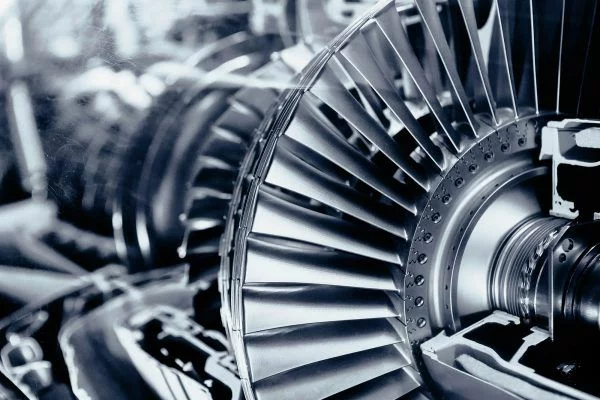
SOARING TO NEW HEIGHTS: THE ROLE OF CNC MACHINING IN AEROSPACE
The aerospace manufacturing operates on the wounding edge of skill, where precision and dependability are supreme. From profitable airliners to spacelab, every basic must meet exacting standards to ensure safety and presentation. In this demanding setting, Computer Numerical Control (CNC) machining has emerged as an crucial industrial process, shaping the very future of flight.
CNC Machining in Aerospace offers supreme correctness and repeatability, vital for making complex atmosphere parts with tight receipts. Whether it’s complex turbine blades that must withstand extreme fevers and weights, or lightweight yet robust structural mechanisms, CNC machines can achieve the precise specifications required. This level of accuracy minimizes the risk of part failure, directly causal to the safety and durability of aircraft and spacecraft.
The versatility of CNC Machining in Aerospace allows for the formation of highly multifaceted geometries that would be problematic, if not intolerable, to achieve with old-style methods. Multi-axis CNC machines can function cutting tools and workpieces alongside, enabling the production of intricate shapes and outlines found in airfoils, engine casings, and mooring gear components. This capability empowers aerospace technologists to design more efficient and aerodynamic constructions, leading to better fuel efficiency and overall presentation.
Also, CNC machining facilitates the use of advanced materials dangerous to the aerospace industry. Frivolous yet high-strength materials like aluminum alloys, titanium, and amalgams are commonly machined using CNC processes. These materials contribute to reduced aircraft weight, enhancing fuel economy and flexibility. CNC machines can be automatic to handle the specific features of these materials, safeguarding precise cuts and best finishes.
Beyond industrial end-use parts, CNC machining plays a vital role in rapid prototyping and research and growth within the aerospace sector. Technologists can quickly iterate on projects, producing functional prototypes for testing and validation. This accelerates the development cycle and allows for incessant development in aircraft and spacelab design.
In conclusion, CNC Machining in Aerospace is more than just a industrial process in aerospace; it’s a basis of novelty and safety. Its exactness, adaptability, and ability to work with progressive materials make it vital for creating the multifaceted and reliable mechanisms that allow us to soar to new heights. As the aerospace manufacturing lasts to push the limits of what’s likely, CNC machining will surely remain a critical skill, shaping the future of flight for peers to come.
